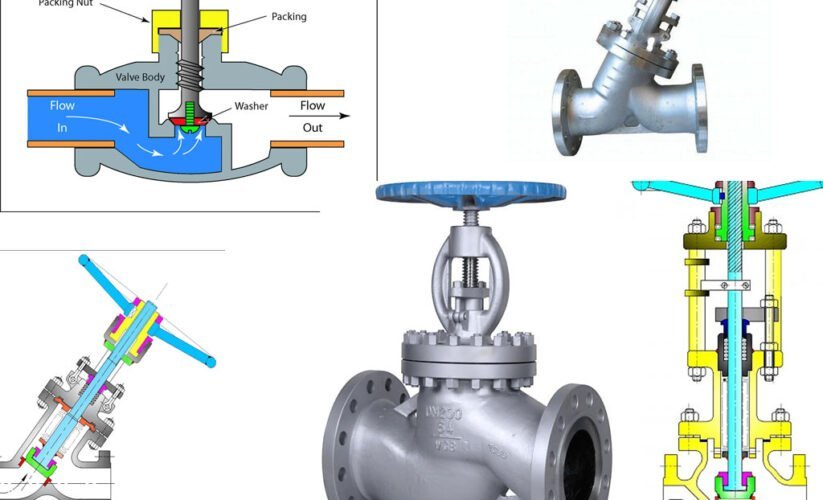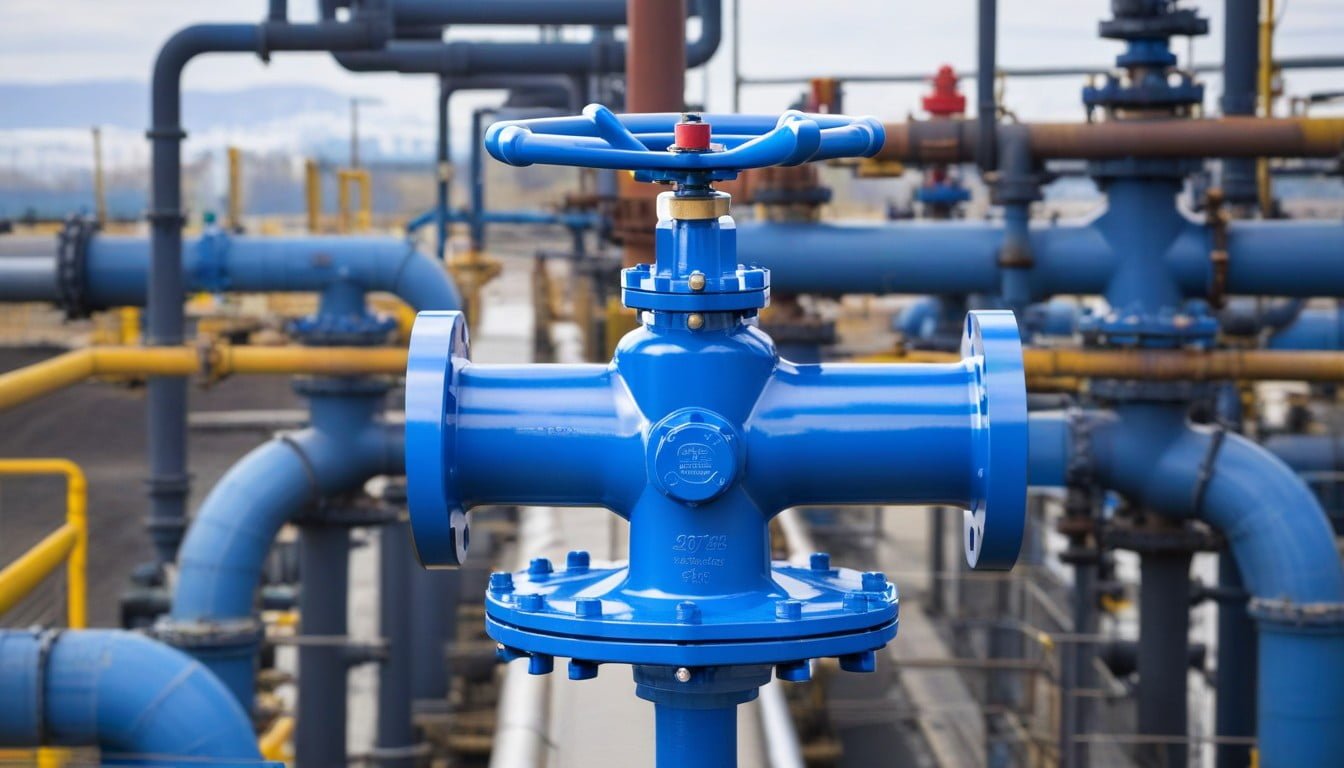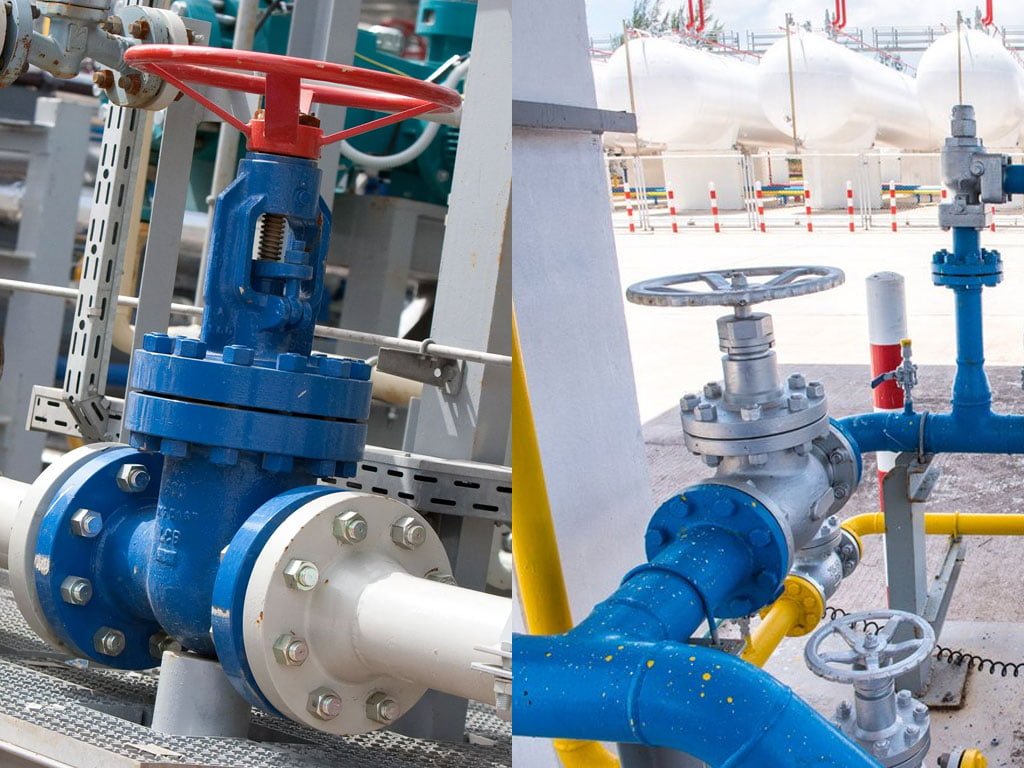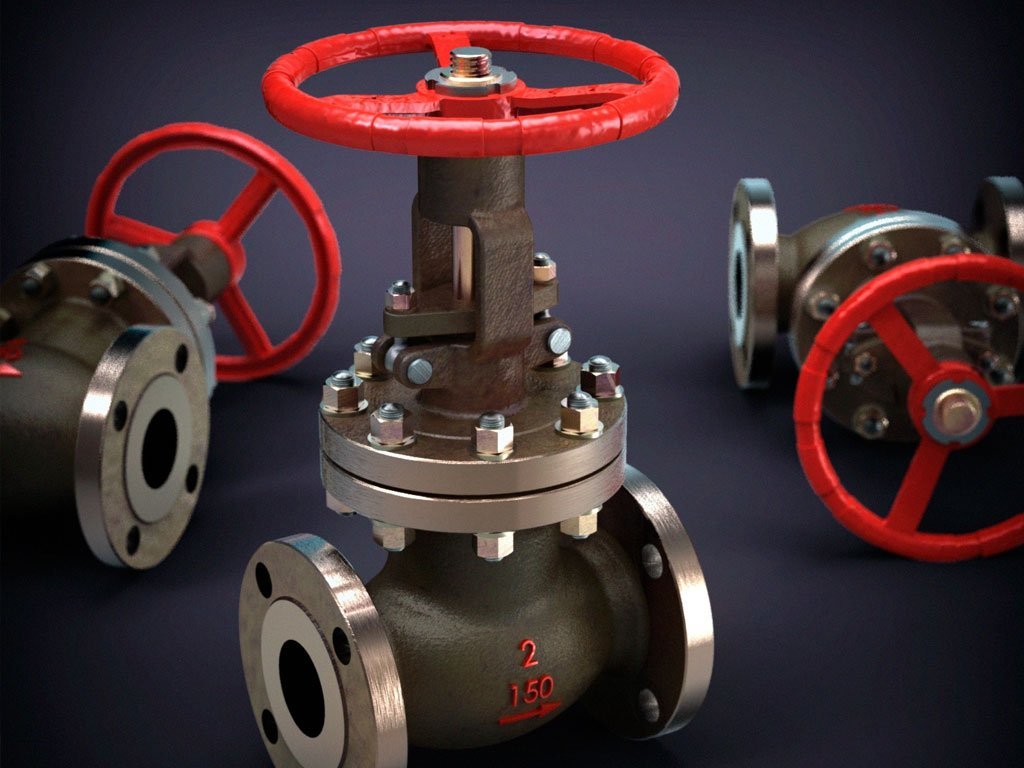Are Globe Valves Directional? Directionality of Globe Valves

Table of Contents
ToggleIntroduction
Globe valves are commonly used in various industries due to their ability to control fluid flow. They consist of a movable disk/plug and a stationary ring seat in a spherical body, with the valve seat in the middle of the pipe cross-section. When actuating the valve, the flow direction changes, which impacts pressure losses in a globe valve. In this article, we examine flow direction, flow characteristics, and CV values of globe valves.
How to Dictate Flow Direction in a Globe Valve
Manufacturers provide an indication on globe valves to show the flow direction. It depends on whether the design is a flow to open or a flow to close.
Flow to Open
This is the most common flow direction for globe valves. Fluid comes into the valve from under the disc, lifting it upwards to open the valve. It’s suitable for low-pressure and low-temperature applications.
Flow to Close
Less popular, this flow direction involves fluid coming into the valve from over the disc, resulting in a closing action. It’s ideal for high-pressure and high-temperature applications.
Flow Characteristics
Flow characteristics of a valve refer to the relationship between the flow of the medium and the opening/closing of the valve. Inherent flow characteristics are only valid as long as the pressure difference is constant.
The Directionality of Globe Valves

The Importance of Flow Direction in Globe Valves
Globe valves are designed to regulate and control the flow of fluid in a pipeline. Understanding the direction of the flow is crucial for the proper functioning of a globe valve. The flow direction determines the pressure drop and flow resistance within the valve, impacting its efficiency and longevity. Installing a globe valve in the wrong direction can lead to increased wear and tear, reduced performance, and potential damage to the system. It is essential to adhere to the specified flow direction to ensure optimal operation of the globe valve.
Identifying Flow Direction Markings on Globe Valves
To determine the flow direction of a globe valve, it’s important to identify the flow direction markings. Most globe valves are labeled with an arrow indicating the direction of the flow. This arrow signifies the intended path of the fluid through the valve. In instances where the valve lacks a specific marking, consult the manufacturer’s documentation or seek technical assistance to confirm the correct flow direction. Proper identification of flow direction markings is critical for the accurate installation and operation of globe valves, safeguarding system performance and longevity.
Installing Globe Valves Correctly
Globe valves play a crucial role in controlling the flow of fluids in a piping system. Proper installation is essential to ensure their optimal functionality and longevity. Here are the steps for proper installation and common mistakes to avoid during the process.
Steps for Proper Installation
- Preparation: Before installation, ensure that the valve and connected piping are clean and free from any debris or contaminants that could affect the valve’s performance.
- Positioning: Carefully position the globe valve in the pipeline ensuring that the flow direction matches the directional arrow on the valve body. This step is critical as incorrectly positioning the valve can lead to flow restriction and reduced efficiency.
- Tightening: Use the appropriate tools to secure the valve in place, ensuring that the connection is tight and leak-free. Over-tightening should be avoided as it can damage the valve components.
- Testing: After installation, perform a pressure and leakage test to verify the integrity of the installation and ensure that the valve operates as intended.
Common Mistakes to Avoid During Installation
- Incorrect Orientation: Failing to align the flow direction arrow on the valve with the actual flow direction in the pipeline can lead to improper valve function and increased pressure drop.
- Improper Sealing: Inadequate sealing due to under-tightening or over-tightening of connections can result in leaks and compromised system performance.
- Inadequate Testing: Neglecting to conduct thorough pressure and leakage tests post-installation can result in undetected issues that may lead to costly repairs or system failures.
Proper installation of globe valves is essential for ensuring the efficient operation of fluid control systems. By following these steps and avoiding common installation mistakes, you can maximize the performance and reliability of globe valves in your piping systems.
The Consequences of Incorrect Installation
Improperly installing globe valves can have significant consequences on their performance, lifespan, and safety. It is crucial to understand the impacts of incorrect installation to ensure optimal functioning and minimize safety hazards.
Impact on Valve Performance and Lifespan
Globe valves that are incorrectly installed may experience reduced efficiency and functionality. Improper alignment and assembly can lead to leaks and pressure drops, diminishing the valve’s ability to control flow effectively. Additionally, inadequate installation may result in premature wear and tear, shortening the valve’s expected lifespan and necessitating frequent repairs or replacements.
When a valve is not installed according to specifications, it may fail to perform its intended function, leading to operational disruptions and inefficiencies in the system it serves. This can have cascading effects on overall process effectiveness and productivity.
Potential Safety Hazards
Incorrectly installed globe valves pose potential safety hazards within industrial and commercial settings. Leakage or malfunctions resulting from improper installation can create hazardous conditions, including the release of flammable or toxic substances, equipment damage, and environmental contamination.
Moreover, the compromised integrity of a poorly installed globe valve can contribute to operational instabilities, elevating the risk of accidents or system failures. Such safety hazards can jeopardize personnel well-being, facility integrity, and regulatory compliance, underscoring the critical importance of precise and accurate installation procedures.
Understanding the far-reaching implications of improper globe valve installation reinforces the imperative of adhering to best practices and industry standards to mitigate these adverse effects.
Conclusion
In conclusion, globe valves are indeed directional, and the flow direction is crucial in determining their functionality. The flow to open and flow to close configurations dictate how the fluid enters and exits the valve, impacting its performance in different pressure and temperature conditions. Understanding the flow direction and its implications is essential in selecting the right globe valve for specific applications, ensuring optimal operation and reliability in various industrial settings.













